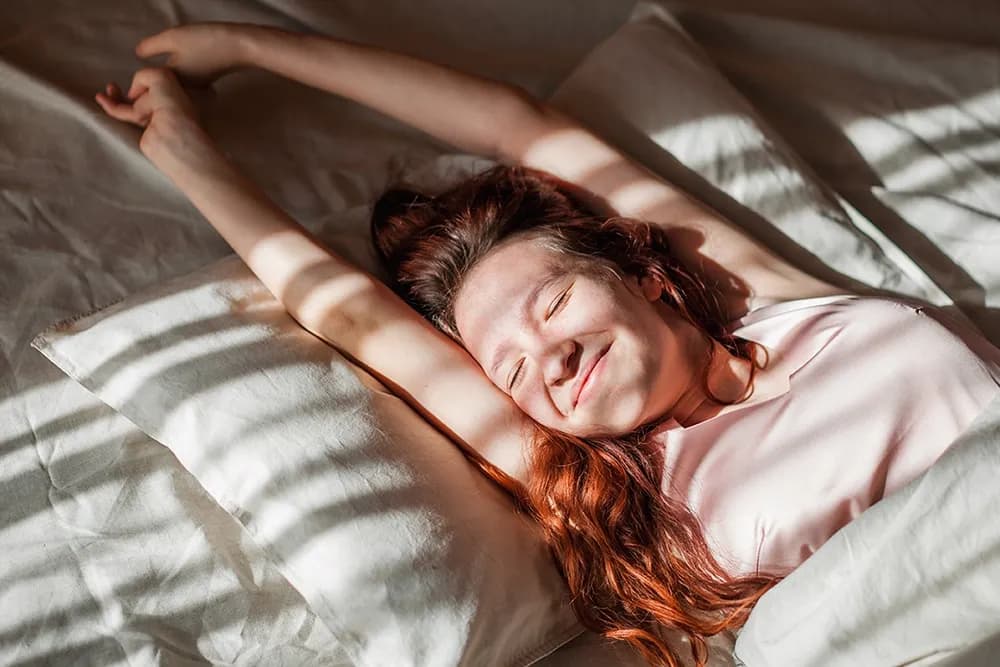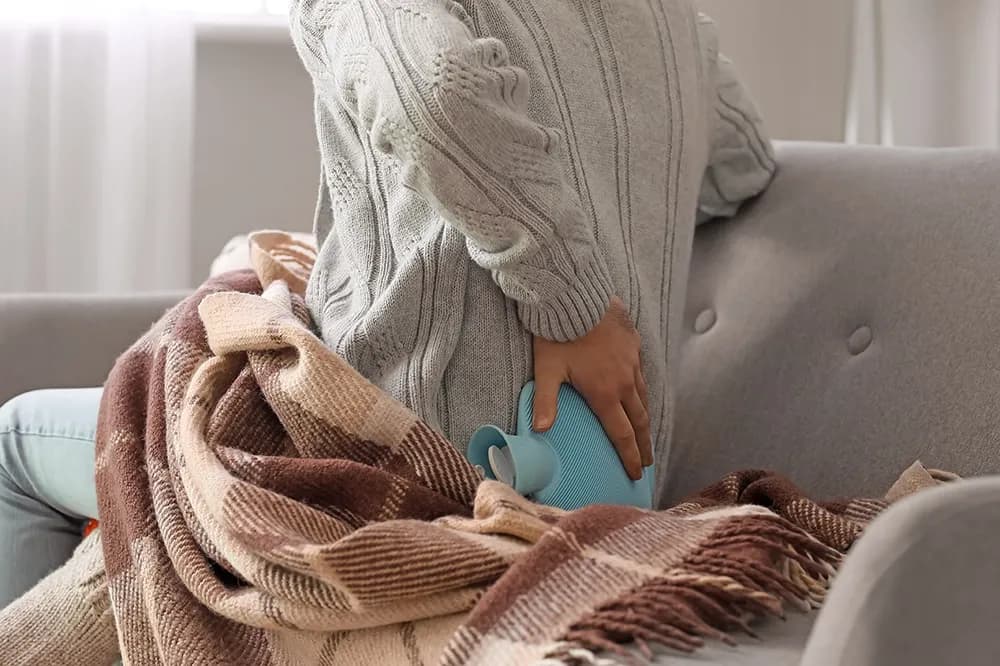Spine: definition, curvature, deviation
What is the spine?
A brief anatomical reminder :
Also known as the spine, the vertebral column allows movement of the trunk, such as:
- Flexion
- Extension
- Rotation
- Tilting
It is made up of 24 vertebrae held together by ligaments and muscles. There are 7 cervical vertebrae, 12 thoracic vertebrae (also known as dorsal vertebrae) and 5 lumbar vertebrae. The spine ends in the sacrum.
The spinal column is the main axis of our body:
- It supports the head, the trunk and the entire human skeleton.
- It supports the weight of the upper body
- It enables us to stand upright.
- It is also one of the strongest parts of our body, protecting the spinal cord.
What are the 4 spinal curves?
There are 4 spinal curvatures, and their roles are to distribute pressure and ensure the flexibility of the spine:
- Cervical lordosis,
- Thoracic kyphosis
- Lumbar lordosis
- Sacral kyphosis
What are the spinal deformities?
From the cervical to the lumbar spine, the spinal column can be deviated from its normal curvature. This is known as spinal deviation. Scoliosis, hypercyphosis or hyperlordosis may be present from birth or be the result of an illness. But much more frequently, they appear without any known cause during growth.
Scoliosis
This is a deviation of the spine in the 3 planes of space, more visible laterally: the back is ‘twisted’, sometimes with a hump on one side. Scoliosis can affect the ability to breathe fully but does not cause pain. It affects between 2 and 4% of children and adolescents, and 4 times more girls than boys. In adulthood, scoliosis tends to worsen slowly and can lead to chronic low back pain.
Hypercyphosis
This is a spinal deformity in which the upper back is curved backwards. Of unknown origin, probably hereditary, Scheuermann's disease is the most common cause of hypercyphosis in children and adolescents. It mainly affects tall or obese boys, and can eventually lead to a herniated disc. It can also occur in adults as a result of muscular weakness or vertebral compression linked to ageing.
Hyperlordosis
This is an exaggeration of the lumbar curvature (arching of the hollow of the loins) or, more rarely, of the cervical vertebrae. It may accompany hypercyphosis and be favoured by obesity, muscular weakness or pregnancy. Over time, it can lead to osteoarthritis and pinching of the intervertebral discs.
How to avoid aggravation and complications of spinal deformity?
When spinal deformities are simply postural faults in adolescents, they can be corrected through sport and a healthy lifestyle. On the other hand, ‘real’ deviations can only be controlled as they develop. Depending on the extent of the deformity, they require careful medical monitoring during growth and, if necessary, the use of a corset combined with physiotherapy. Surgery to weld certain vertebrae together (arthrodesis) is sometimes considered.
- Courtois, E. Ebermeyer Scoliosis in children and adolescents, La Lettre du Rhumatologue n° 363, juin 2010.
- Mary P : Prise en charge de la scoliose idiopathique de l’enfant et de l’adolescent, nov. 2003, Revue du Rhumatisme 71, 2004, p.160-170.
- Garreau de Loubresse C, Vialle R, Wolff S : Cyphoses pathologiques, EMC Appareil Locomoteur Elsevier 2005. Duplan B, Marty M : Bien soigner le mal de dos, Ed Odile Jacob 2001.


